Narrowleaf silkgrass
Narrowleaf silkgrass (Pityopsis graminifolia) blooms late summer through early winter in sandhill, flatwoods and scrub habitats throughout the state. It has brilliant yellow flowers and silvery leaves.
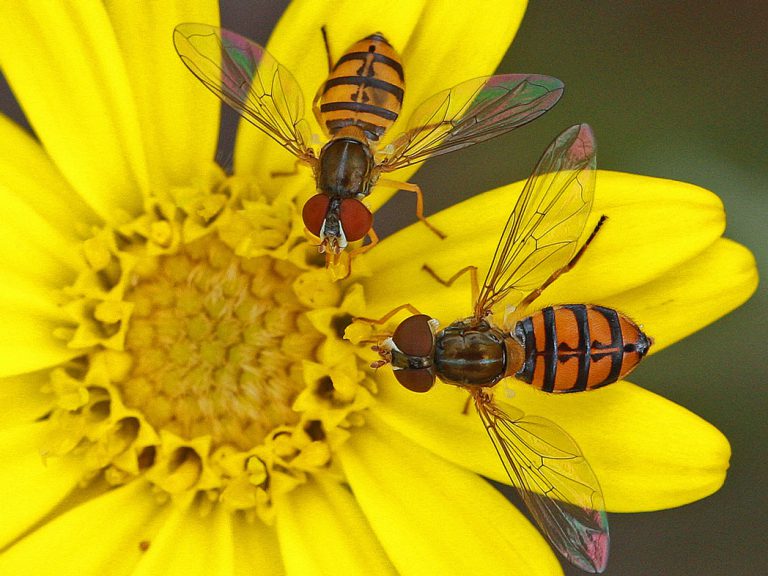
Narrowleaf silkgrass (Pityopsis graminifolia) blooms late summer through early winter in sandhill, flatwoods and scrub habitats throughout the state. It has brilliant yellow flowers and silvery leaves.
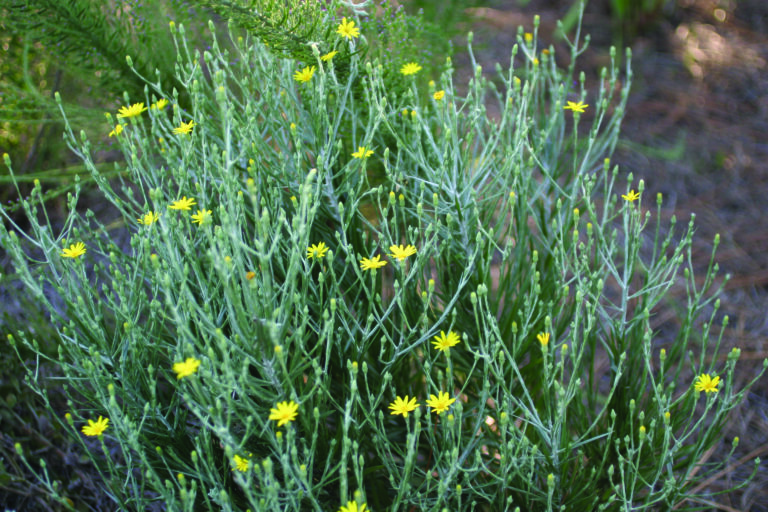
FWF is conducting a study at PEAR Park (Lake County) to gain insight into the establishment, sustainability and performance of Narrowleaf silkgrass (Pityopsis tracyii) and Lyreleaf sage (Salvia lyrata) as groundcover alternatives to Bahiagrass.
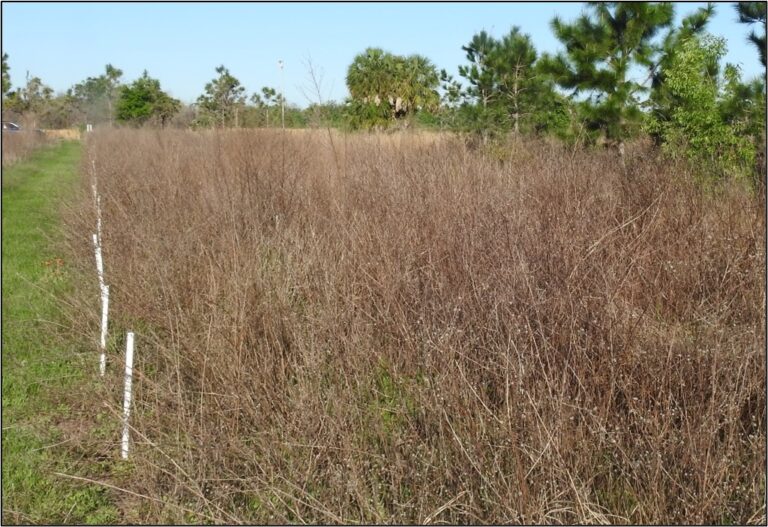
FWF is conducting a study at PEAR Park (Lake County) to gain insight into the establishment, sustainability and performance of Narrowleaf silkgrass (Pityopsis tracyii) and Lyreleaf sage (Salvia lyrata) as groundcover alternatives to Bahiagrass.
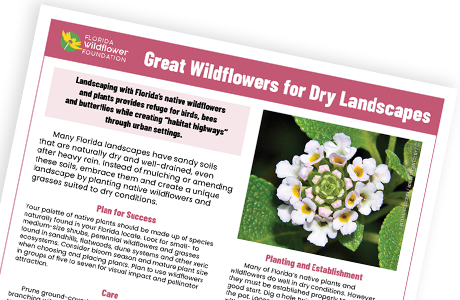
Wondering what native wildflowers and plants to use in a dry landscape? Use our new handout to evaluate your landscape’s soil moisture and choose diverse species that will thrive and give your landscape a “real Florida” feel. Versión en español disponible.
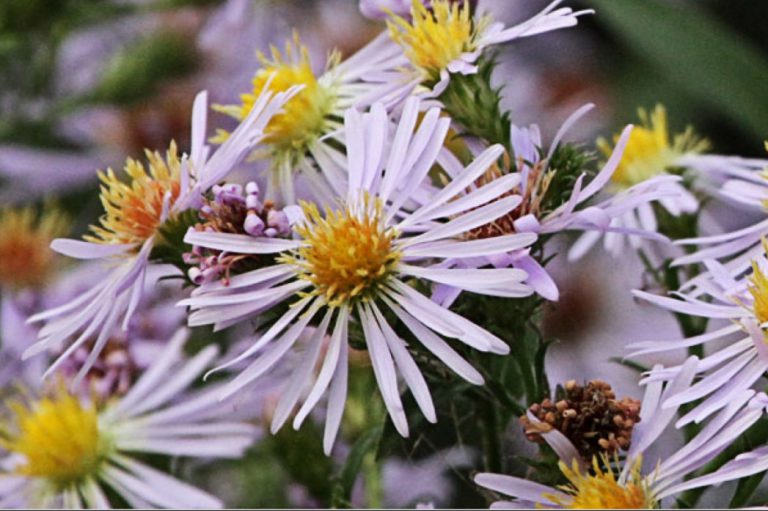
In cooler climates, fall is when “leaf peepers” hit the road to view red-, yellow- and orange-leaved trees. Here in Florida, fall color means wildflowers.
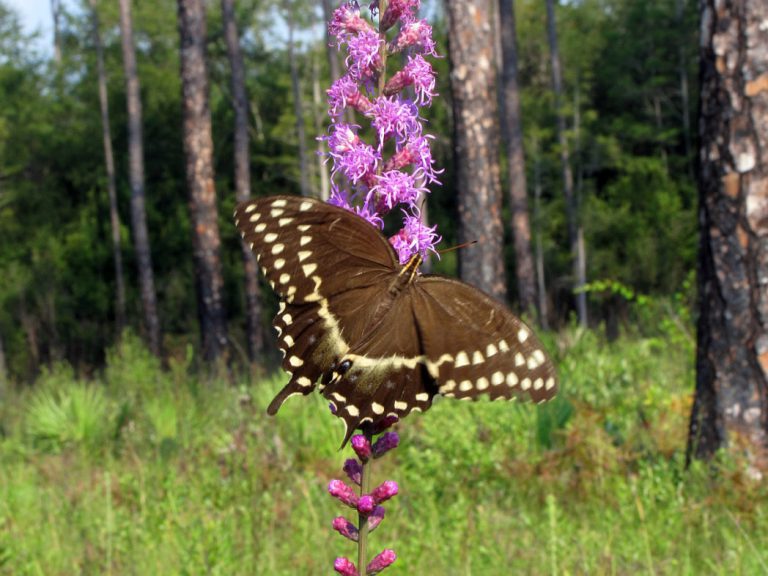
Pollinators and the native plants that support them have come to the forefront this year. The showiest of the pollinators are the butterflies, which often are seen flitting around native wildflowers.
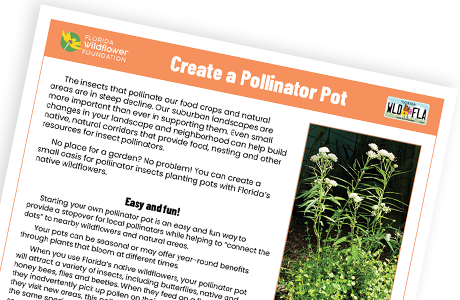
The insects that pollinate our food crops and natural areas are in steep decline. Our suburban landscapes are more important than ever in supporting them. No place for a garden? No problem! Our new video and handout can help you create a small pollinator oasis in a pot! Versión en español disponible.
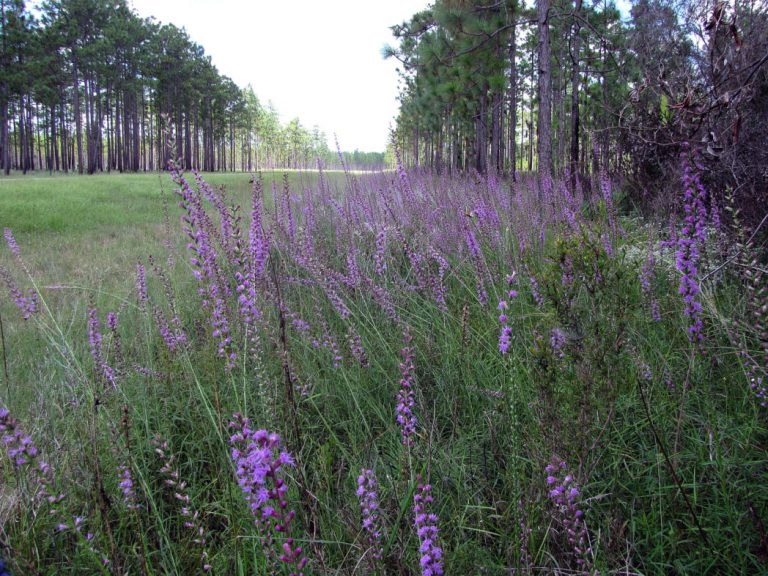
Brake for wildflowers – Florida’s stunning fall bloom is a great reason to explore state and national parks and other public lands. Here are the hottest of hot spots throughout the state.
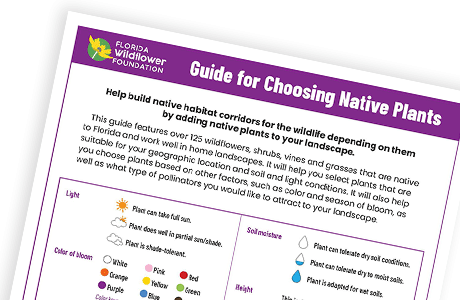
This guide includes over 120 Florida native wildflowers, shrubs, vines and grasses that work well in home landscapes. It will help you choose plants based on your location, soil and light conditions, color and season of bloom, and pollinator use. Versión en español disponible.
The Micanopy native plant garden utilizes Florida native wildflowers, grasses and shrubs that provide vital habitat for bees, butterflies and other beneficial insects, as well as seeds, berries and insects for birds.
The Longwood native plant garden utilizes Florida native wildflowers, grasses and shrubs that provide vital habitat for bees, butterflies and other beneficial insects, as well as seeds, berries and insects for birds.
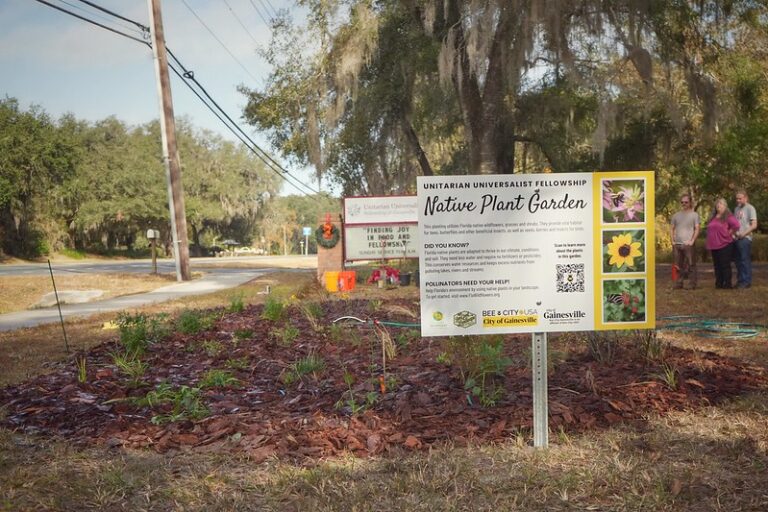
Bee City native plant demonstration garden located at the Unitarian Universalist Fellowship of Gainesville, 4225 NW 34th St, Gainesville, FL 32605